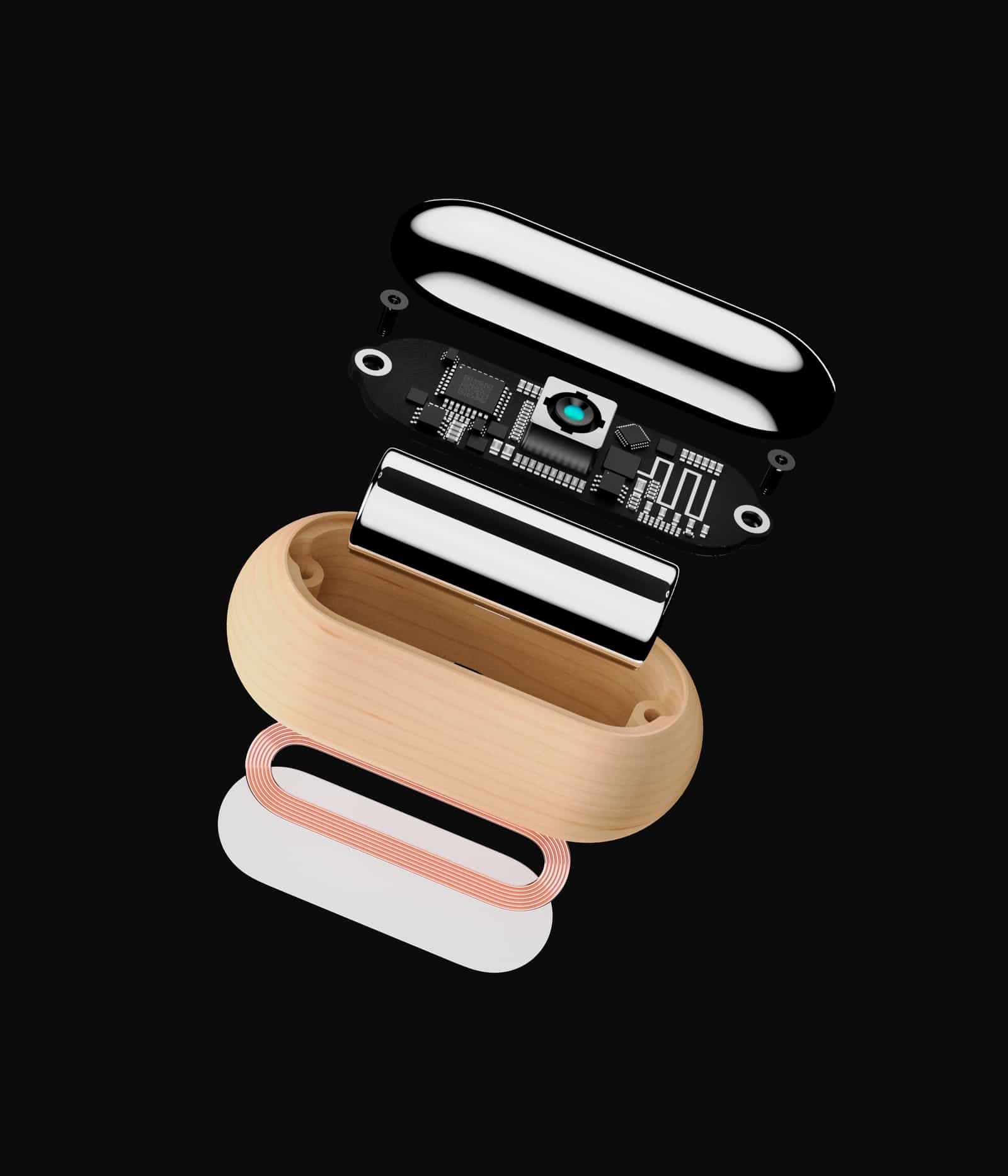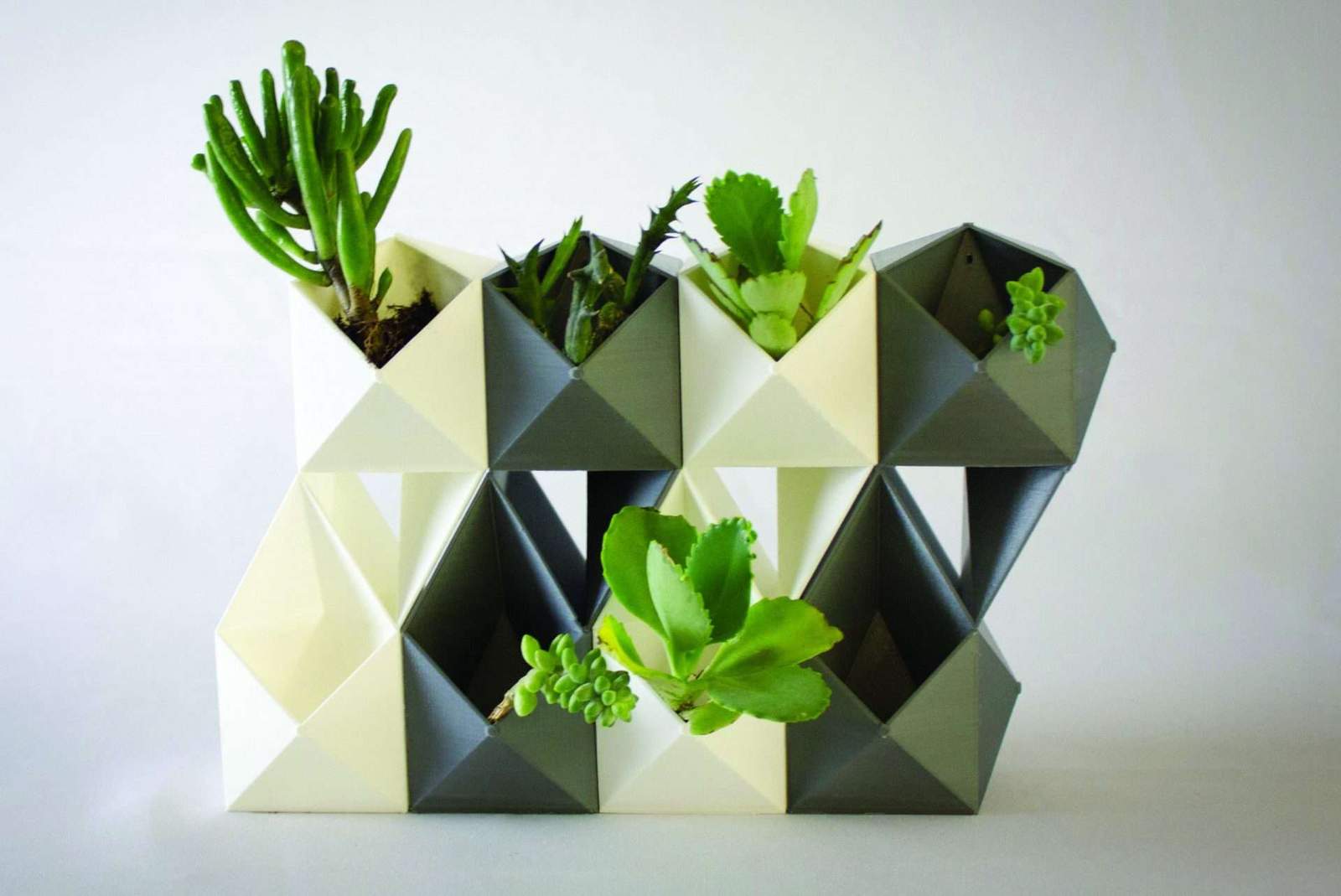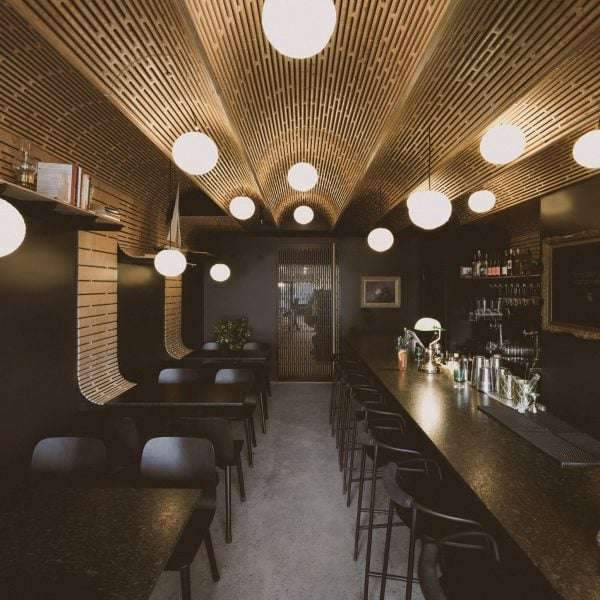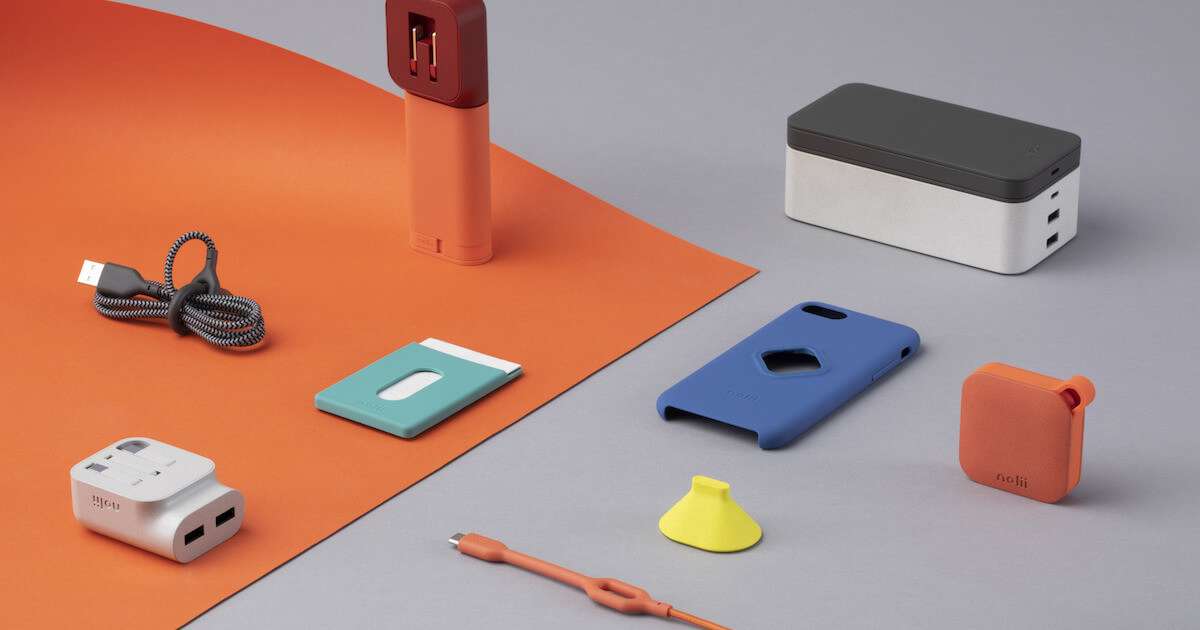Is it possible to have a smart house without all the gadgets? – Kano Sense
Sam Beaney designed a pill-shaped piece of technology that converts common things into smart home outputs using computer vision. Kano Sense
Smart home equipment such as lightbulbs, toothbrushes, refrigerators, and even windows may not be as pricey as it once was. But the transition from an analog existence to one dominated by the Internet of Things can be a hassle. Furthermore, what are you going to do with your perfectly functional items, let alone those with sentimental value? – Kano Sense
Sam Beaney, a UK-based designer, has created a solution that turns everyday objects into smart gadgets, inspired by his grandmother’s souvenir mugs and old kitchenware. The ‘Kano Sense’ device is a pill-shaped device that converts common things into smart home outputs using computer vision.

How this device converts everyday objects into smart home outputs.
Kano Sense, which foregoes spoken commands in favor of gesture-based interaction, delivers commands to various appliances in the home by detecting the use of specific objects. It will start the kettle if it sees you holding your favorite mug, or it will preheat the oven if you grab the baking pan from the cupboard and place it on top of the counter.
This is how it works. Kano Sense’s computer technology is hidden behind a precision-molded lens with a one-way mirror coating inside the soft wooden frame. Users can scan specific objects with their smartphones, marking them as such and connecting them with a specific space.
The device’s smart computer vision analyzes these things, as well as everyday appliances such as ovens, to turn interactions with them into smart outputs. We’re not sure how the device avoids mistakenly noticing the object while it’s not in use. But we suspect it has to do with the object’s precise positioning.
Regardless, the concept is fantastic, and something like this is unquestionably required. When futuristic technology respects the presence of already-existing devices rather than overloading us with more, it finds the sweet spot.
Beaney experimented with many sorts of wood and went through multiple incarnations of Kano Sense before landing on its ultimate shape. To suit their cultural environment, he selected a small range of regional woods, including Asian Meranti, American Maple, European Beach, African Ikoko, and Australian Blackwood—a universal design for a worldwide product.

Read more on Archup:
The aspirations of Elon Musk for a Tesla humanoid robot seem improbable
Quarky – robot kit that teaches kids about artificial intelligence and robots







